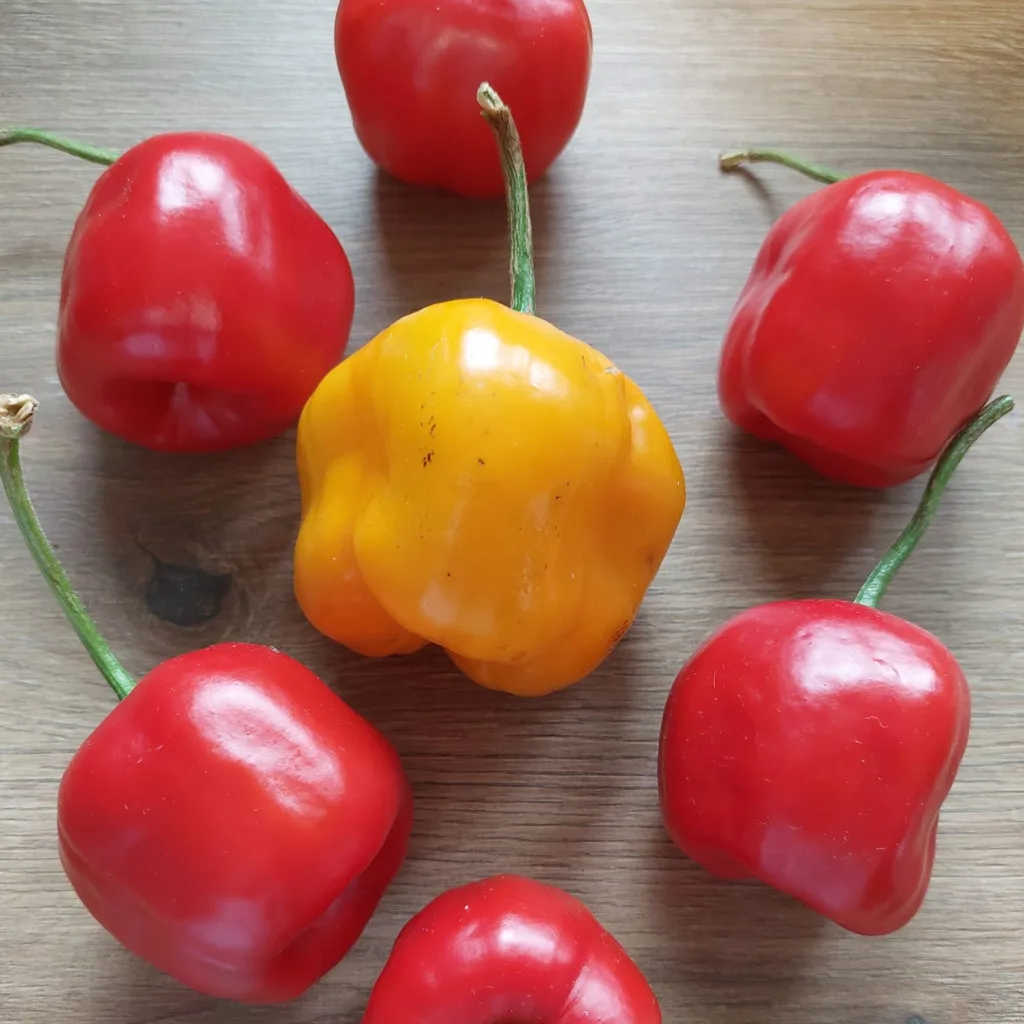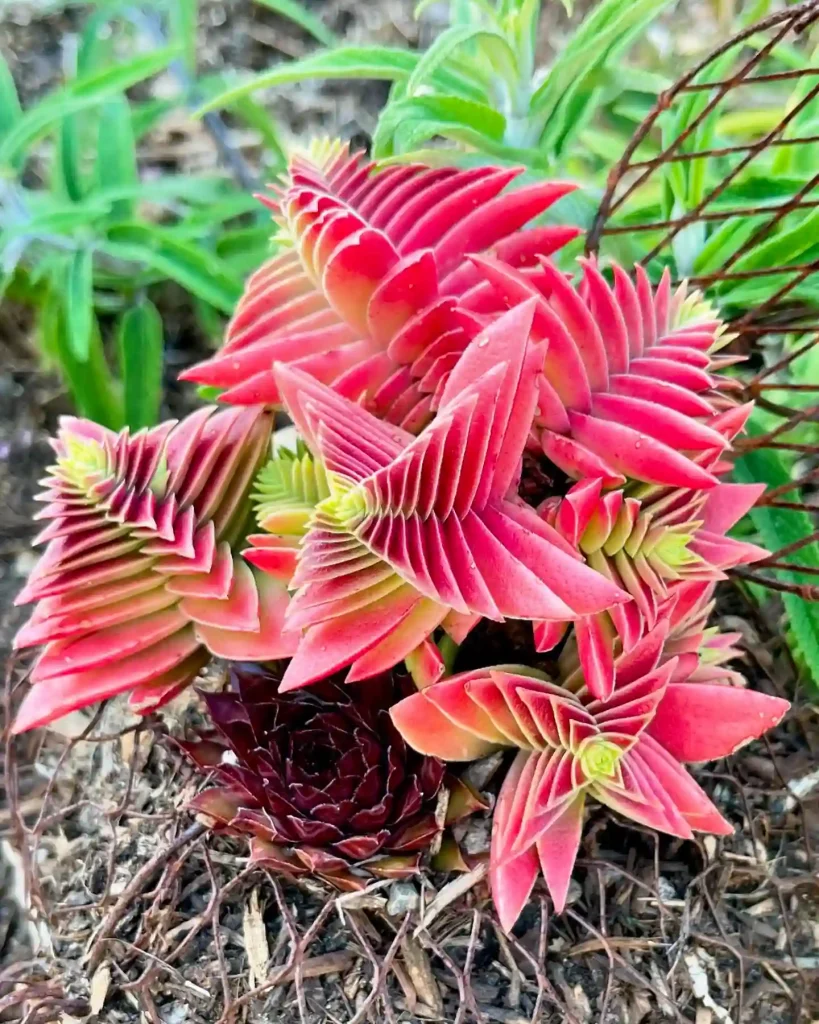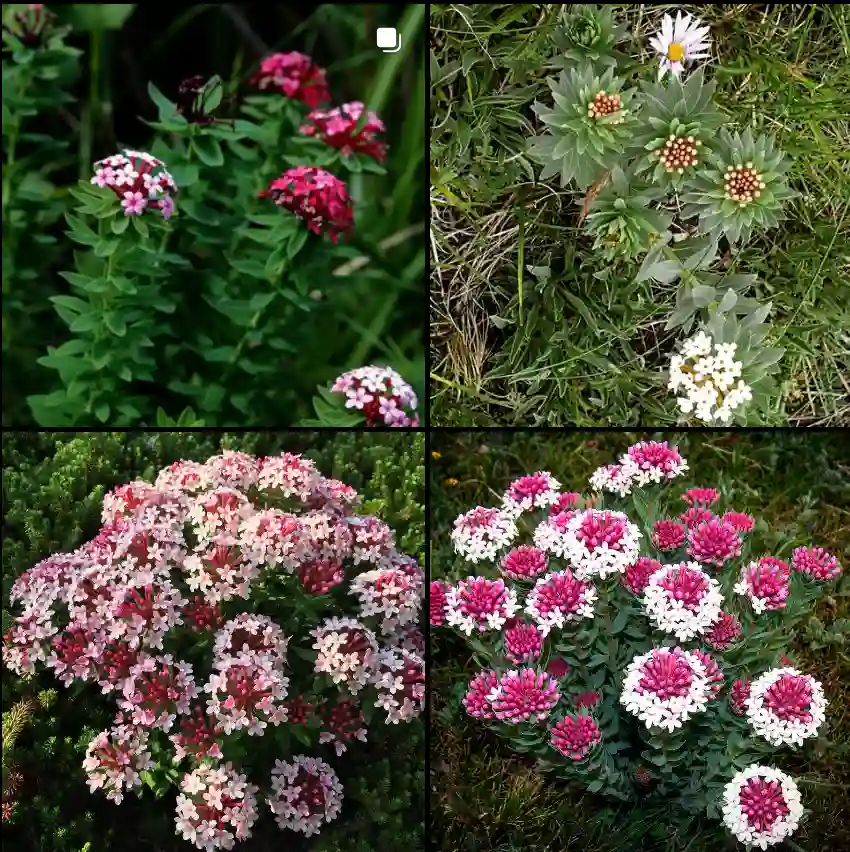FAQs About Youngia Japonica
Youngia Japonica, often known as the Japanese Hawkweed, is an intriguing and versatile plant that has caught my attention. I’ve compiled a list of frequently asked questions to shed light on this fascinating species. From care tips to propagation methods, here’s everything you need to know about Youngia Japonica.
What Is Youngia Japonica?
Youngia Japonica, or Japanese Hawkweed, is a perennial herbaceous plant native to East Asia. It belongs to the Asteraceae family, which includes sunflowers and daisies. The plant is recognized for its distinctive green foliage and bright yellow, daisy-like flowers that bloom from spring through summer. Youngia Japonica is often used in gardens for its ornamental value and its ability to quickly fill in gaps in flower beds or ground covers.
Plant Family: 1720 Genera in Asteraceae
How to Care for Youngia Japonica?
Caring for Youngia Japonica is relatively straightforward, making it an excellent choice for both novice and experienced gardeners. Here are some key care tips:
- Light Requirements: Youngia Japonica thrives in full sun to partial shade. It prefers at least 4-6 hours of direct sunlight each day but can tolerate some shade, especially in hotter climates.
- Soil: This plant is adaptable to various soil types but performs best in well-draining soil. A mix of loam and sandy soil, enriched with compost, will provide the optimal growing conditions.
- Watering: Regular watering is crucial, especially during dry periods. Ensure the soil remains consistently moist but not waterlogged. Overwatering can lead to root rot, so good drainage is essential.
- Fertilizing: Feed Youngia Japonica with a balanced, all-purpose fertilizer during the growing season. Apply the fertilizer every 6-8 weeks to encourage healthy growth and abundant blooms.
- Pruning: To maintain a neat appearance and encourage more blooms, deadhead the flowers regularly and trim back any leggy or diseased growth.
How to Propagate Youngia Japonica?
Propagating Youngia Japonica can be done through seeds or division. Here’s a step-by-step guide for each method:
- From Seeds:
- Collect seeds from mature plants in late summer.
- Start seeds indoors 6-8 weeks before the last frost date or sow directly outdoors after the danger of frost has passed.
- Plant seeds about 1/4 inch deep in seed-starting mix and keep the soil moist.
- Once seedlings have a few sets of leaves, transplant them into the garden or larger pots.
- From Division:
- Divide established plants in early spring or fall.
- Carefully dig up the plant and separate the root clumps.
- Replant each division in a new location, ensuring they are spaced about 12 inches apart.
- Water well and mulch to help retain moisture.
What to Plant With Youngia Japonica?
Youngia Japonica pairs well with a variety of other plants. Here are some suggestions for companion planting:
- Low-Growing Ground Covers: Plants like Creeping Jenny or Sedum can complement Youngia Japonica by adding texture and contrast to your garden.
- Ornamental Grasses: Combine with grasses such as Blue Fescue or Feather Reed Grass for a dynamic look.
- Other Perennials: Pair with perennials like Echinacea or Shasta Daisy to create a vibrant, colorful flower bed.
Is Youngia Japonica Toxic?
No, Youngia Japonica is not known to be toxic to humans or pets. It is generally safe to grow in gardens where children or animals may come into contact with it. However, as with any plant, it’s always a good idea to supervise pets and young children around unfamiliar plants.
Benefits of Youngia Japonica
Youngia Japonica offers several benefits:
- Aesthetic Appeal: Its bright yellow flowers add a splash of color to gardens and landscape designs.
- Ground Cover: It’s effective as a ground cover plant, helping to suppress weeds and provide coverage in bare spots.
- Low Maintenance: This plant requires minimal care and is relatively pest-resistant, making it a hassle-free addition to any garden.
Common Problems with Youngia Japonica
While Youngia Japonica is quite hardy, it can encounter a few issues:
- Pests: Watch out for aphids and spider mites, which can occasionally infest the plant. Use insecticidal soap or neem oil to treat infestations.
- Diseases: Root rot can occur if the plant is overwatered or if the soil does not drain properly. Ensure good drainage and avoid overwatering to prevent this issue.
- Invasive Tendencies: In some areas, Youngia Japonica can become invasive due to its vigorous growth. Regular maintenance and monitoring can help control its spread.
Comparing Youngia Japonica with Similar Plants
Youngia Japonica is sometimes confused with other similar plants. Here’s a quick comparison:
- Youngia Japonica vs. Hieracium Pilosella (Mouse-ear Hawkweed): Both belong to the Asteraceae family and have similar yellow flowers, but Hieracium Pilosella tends to be more invasive and has a different growth habit.
- Youngia Japonica vs. Taraxacum Officinale (Dandelion): While both plants produce yellow flowers, dandelions have a distinct rosette of leaves and a different flowering structure. Youngia Japonica has a more upright growth and broader leaves.
In conclusion, Youngia Japonica is a versatile and attractive plant that can enhance various garden settings. By understanding its care requirements, propagation methods, and potential issues, you can successfully integrate it into your gardening routine. Happy planting!
If i die, water my plants!



